The Future of Communication: A Deep Dive into Laser Communication Antennas
Introduction to Laser Communication Antennas Laser communication antennas represent a revolutionary advancement in the field of data transmission, leveraging light to convey information over vast distances. This form of communication, often referred to as optical communication, utilizes lasers as the core technology to encode and transmit data. Unlike traditional radio frequency (RF) communication that relies …
The Future of Communication: A Deep Dive into Laser Communication Antennas Read More »
